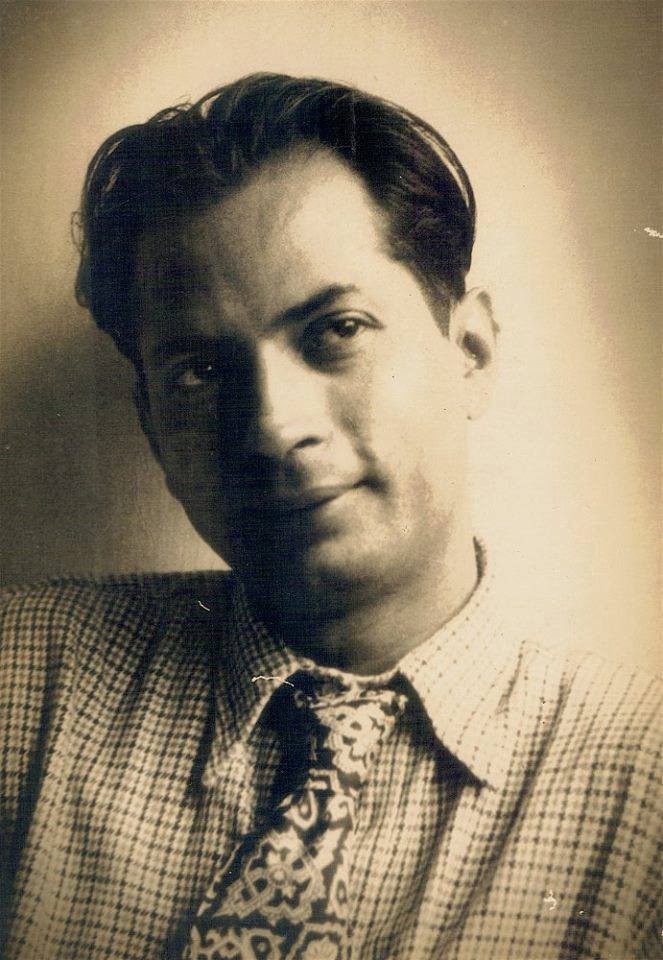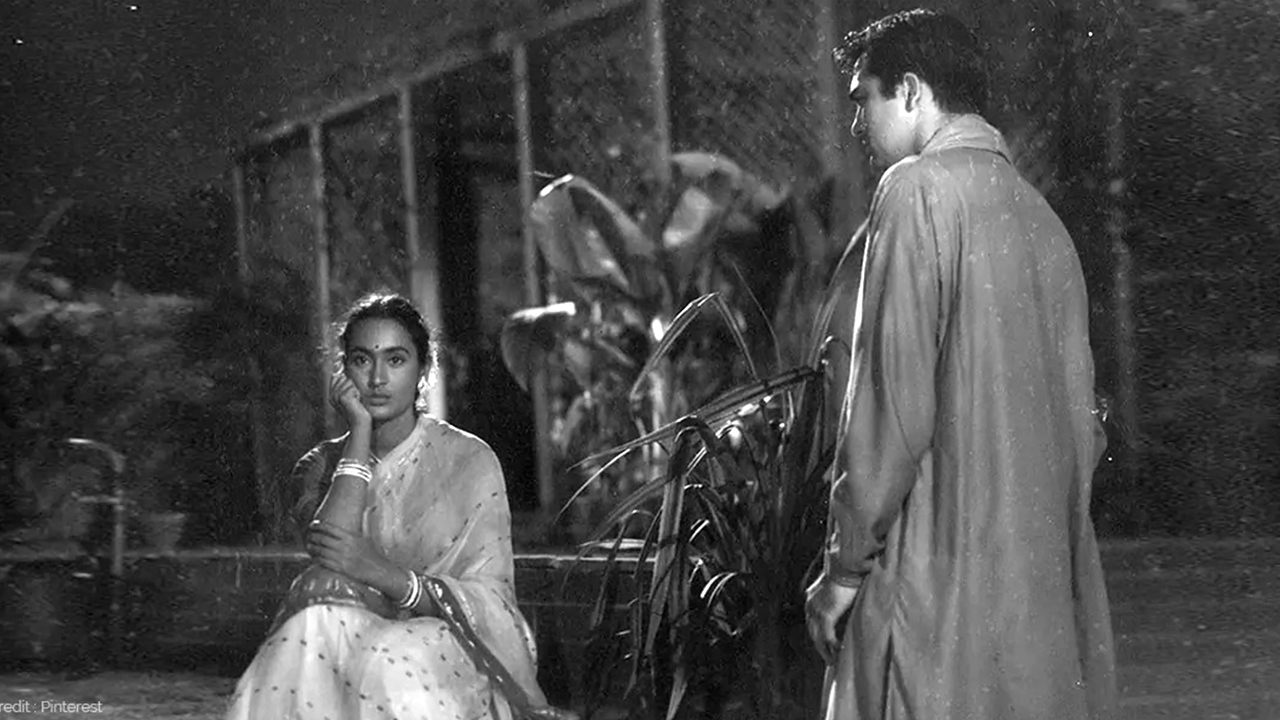Golden age of Indian Cinema

The decade of the 1950’s was a watershed in Indian Cinema. Ideologically and emotionally, it was suffused by the warm afterglow of independence. India was led by Jawaharlal Nehru along the path mapped out by a liberal democratic Constitution, one of the most remarkable to be devised by post-colonial nations. There was also a heightened awareness of the power of cinema in moulding the minds of the masses, as well as recognition of it as an art. It was a meeting point for the idea of cinema as a product of high culture for the educated and entertainment for the burgeoning industrial working class. The foremost cinema of this period recognized no division between the art film and the film for the box office.
That polarity was to come in the 1960s after the impact of Satyajit Ray and the film society movement had resulted in a sharp divide. Thus in its fusion of art and box office, the 1950s may be seen today as the golden age of Indian Cinema manifested in the works of Bimal Roy, Raj Kapoor, Guru Dutt and Mehboob Khan.
The leading light of this era was Bimal Roy. He was the architect of its ideology and pathfinder of its cinematic values. Bimal Roy came to Bombay at a time when Bengali Cinema was moving towards a moribund state, induced by the closing of East Bengal market after the partition, But he brought with him the literature-dominated cultural values of New Theatres. He did in Bombay what New Theatres would have done in Calcutta if it had continued uninterrupted by the emergence of East Pakistan. His love of literature complemented his commitment to cinema. Furthermore his training in cinematography under Nitin Bose in New Theatres gave a solid foundation to the elegant visual flow of his films. In Sujata, Do Bigha Zamin, his IPTA- influenced progressive social concerns were established.

Yet his films were successful at the box office, sometimes phenomenally as in the case of Madhumati or Bandini. They were also distinguished by great performances, Balraj Sahani’s in Do Bigha Zameen, where he experimented with the lyrical realist manner of post-war Italian Cinema.
However, he did not give himself over to that idiom forever. He remained true to his own way of creating a valid space for ‘Middle Cinema’ which had enough drive in it to carry on from there. In the films of Hemen Gupta and Asit Sen who followed Bimal Roy to Bombay, and more particularly, in the work of his direct pupils Hrishikesh Mukherjee and Basu Bhattacharya, the Bimal Roy tradition was continued and bravely upheld in the 1960s and later, against the designs of vulgar appeal to an illiterate neo-urban audience with more money than education.
What is remarkable is that his noble contemporaries, particularly Guru Dutt, shared with him some marks of a Calcutta mindset. Guru Dutt had spent the formative years of his life in Calcutta, studied dance at Uday Shankar’s academy, and later in Bombay joined a group of ex-IPTA members at Navketan, the company which was to produce his first film Baazi. What distinguished Saheb Bibi aur Ghulam was more than the subject matter of a Bengali novel; it was a way of dealing with emotions. Raj Kapoor too had spent some time with New Theatres when Prithviraj acted in a few films there, and developed a respect for certain qualities of Bengali Cinema and culture. This was evident in his experiments in Jagte Raho.
Bimal Roy was thus the central figure, the pioneer who inspired the cinema of the 1950s, its golden age. He did more than merely make the Bengali type of fim in Bombay; he created his own methods of coping with the contrary demands of art and the box office, and stuck to them till the end, establishing an enduring model in the process.
| Written by : Chidananda Das Gupta
| Homepage

Bimal Roy
Bimal Roy Memorial, All Rights Reserved © 2021
Designed & Developed by Trimoorti Creations.

Bimal Roy
All Rights Reserved © 2021
Designed & Developed by Trimoorti Creations.

